WARNING: This post contains images of bones, mummies, and other death-related things that some readers may find disturbing. If you'd like to read this post without pictures, please click here.
Everyone dies, and we've all probably thought a bit about what we want our loved ones to do with our remains. However, of all the arrangements we think about, furthest from my mind would be the clothes I'd be buried in. Even further from my mind would be the idea of being disinterred for the purposes of historical studies.
Of course, most of us are probably nowhere near as famous as, say, Eleanor of Toledo, who married Cosimo I de' Medici in 1539, effectively paving the way for the Medici's reign and is credited with being the first modern First Lady. She died in 1562 and was buried in this dress:
When the Medici tomb was opened in 1857, this was one of the artifacts recovered. You can read more about it and other 16th century funeral dresses here.
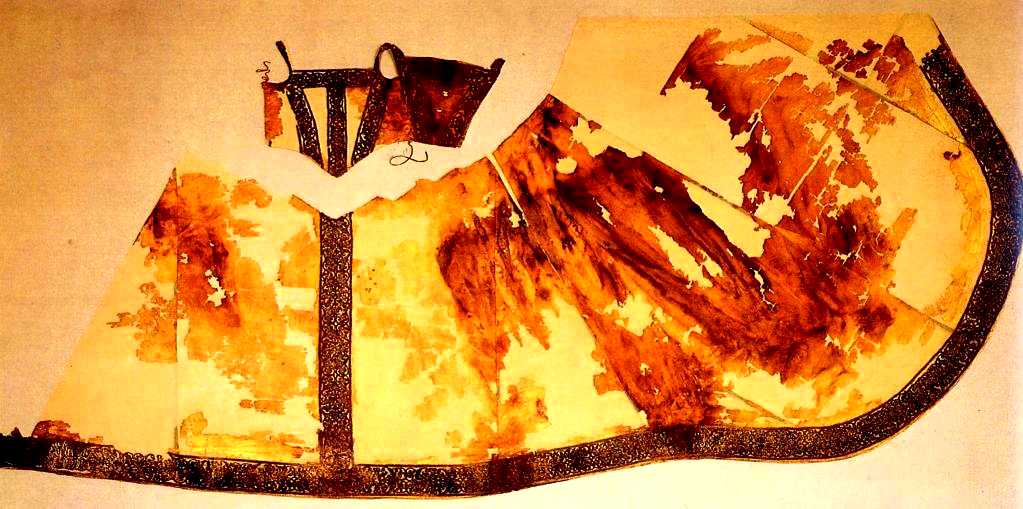 |
| The extant dress, complete with lovely liquefied flesh stains. |
Of course, we have always turned to burial sites and tombs as insights into cultures past. In some cases, these sites remain some of the last undisturbed sources of historical artifacts. However, when disturbing the rest of the dead, what (if any) rules should be followed? Is there a time limit before it becomes creepy? Is it ever okay to dig up the dead for the sake of posterity?
 |
| "This is totally for posterity. We swear." |
I suppose that in the presence of plunderers and grave robbers it's better for archaeologists to do it methodically and respectfully. If it will be done by hoodlums better to have the items preserved in a museum and used to learn new things about cultures past. I guess if you decided to be buried with all kinds of crazy riches, that sort of thing is to be expected. There's bound to be at least person who adopts the "You Can't Take it With You" way of thinking. In countries like Peru, the sacking of tombs for pottery, jewelry and other artifacts is pretty much commonplace. This industry is sustained by a black market of private collectors and tourists who, despite countless warnings against the destruction of cultural heritage, still buy the stolen goods for the sake of owning a piece of history.
 |
| The results of grave robbery in Peru |
That brings up another point; museums. Is it wrong to display the personal belongings (and even the bodies) of ancient and not-so-ancient peoples? At what point does it cross over from interesting to macabre to show corpses in glass cases? The mummies of Egyptian pharaohs don't seem to bother us too much, but what about the bodies of regular people, mummified naturally and were disinterred between 1865 and 1958 if and when family members were unable to pay the please don't dig up my dead relatives tax. Apparently the bodies were dumped in a warehouse, and the mummified bodies attracted enough attention to eventually warrant the construction of a museum for the corpses. No, seriously.
 |
| "Don't mind me, just acting out my last minutes of horror at being buried alive for the price of admission." |
How is this different from viewing the remains of a king? Does him being an important personage make it okay? I've always found museums to be spooky for this very reason: to see a person's entire life on display. Especially when so many different lives (and cultures) are crammed into one building. It must be at the very least bad karma.
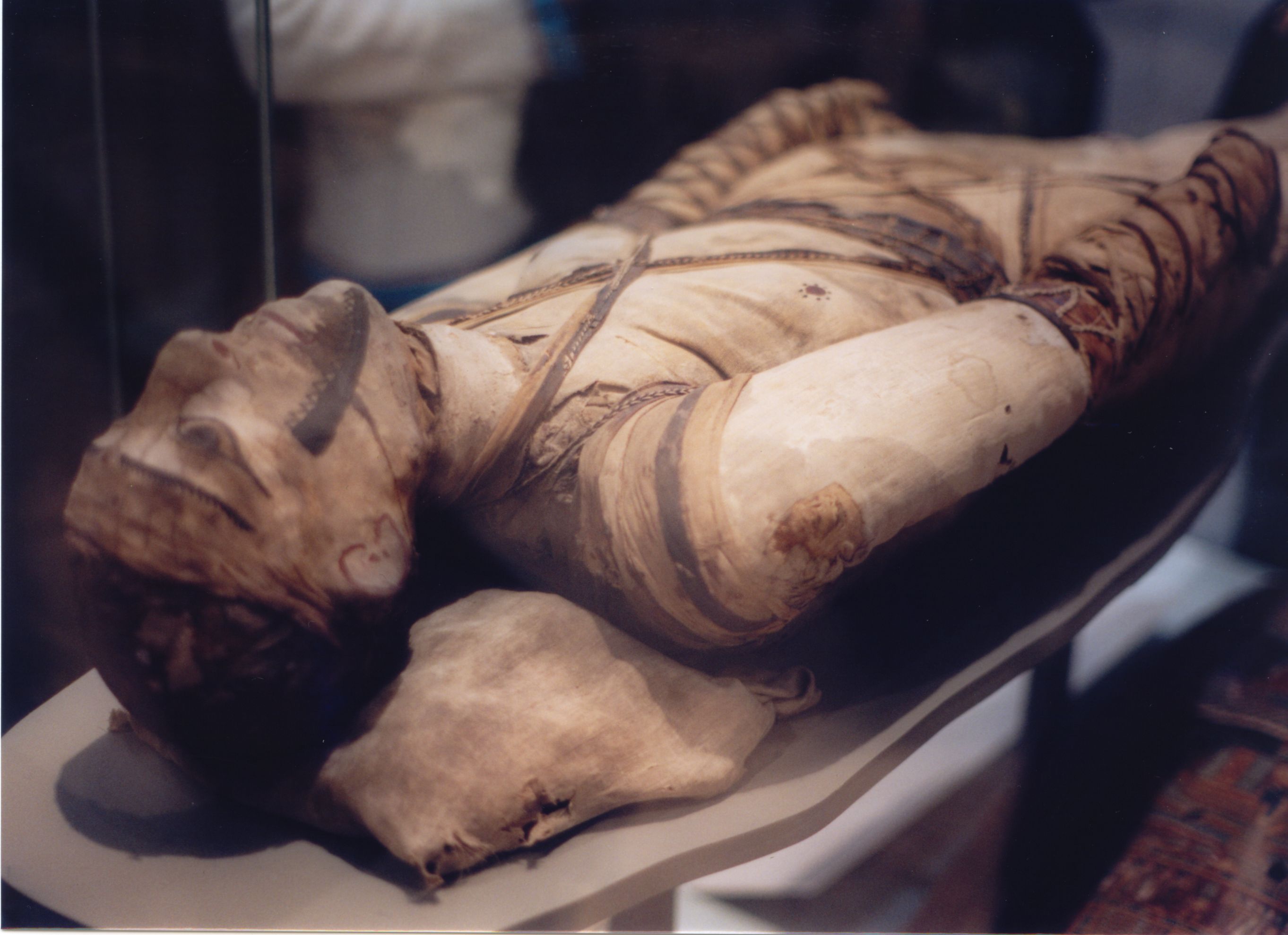 |
| "Nah, we're cool." |
We don't really think about are adverse conditions in which our own bodies might be freakishly preserved and then put on display like the above-mentioned Mummies of Guanajuanto, so I assume we also wouldn't think about a situation where our entire city might become a walk-through horror show/monument. That's exactly what happened to the people of Pompeii and Herculaneum in 79CE when Mount Vesuvius Erupted and buried large expanses of both cities with unbelievably hot pumice and ash. Those who were unlucky enough to be in the path of this terrifying torrent had their lungs with hot ash with had the charming effect of both burning their lungs like rice paper and suffocating them at the same time. The pyroclastic flow was so fast that most people didn't even have time to react to what was happening to them, and their last moment was preserved long after their bodies had smoldered away, since the very pumice that killed them decided that the awful way in which it killed them wasn't awful enough and decided that preserving their grotesque final expressions was the perfect salt to rub into wound created when their brains exploded from the intense and sudden heat.
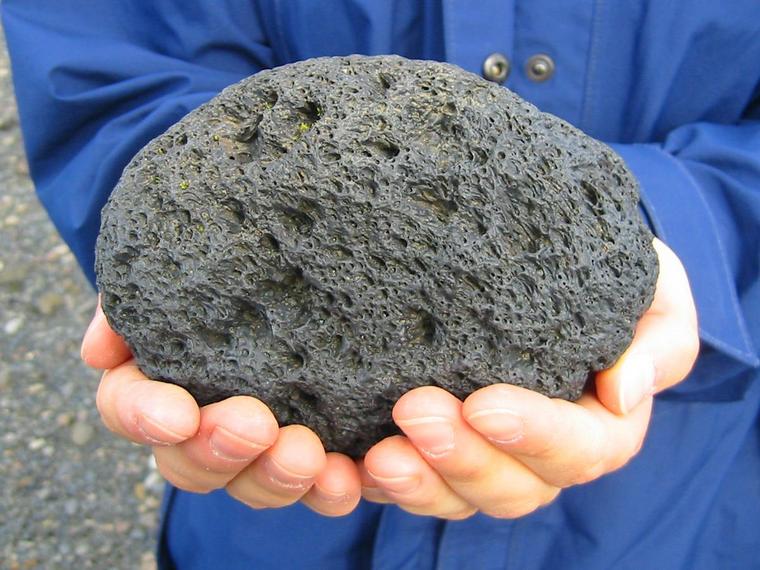 |
| Asshole. |
When Pompeii and Herculaneum were excavated, one of the archaeologists discovered that by encasing the skeletons they found in concrete, they could fill in the negative space left by the skin and organs to re-create and preserve these people's most terrifying moment.
| "Thank God I can stay this way for all eternity." |
Then we have places like the Sedlec Ossuary in Prague where the remains of between 40,000-70,000 people who died during the Black Plague and Hussite Wars. Oh, but it gets better. When they remodeled the church in the 19th Century, they looked around the Ossuary and thought, "Gee, these bones are a bit of a downer. Hey you, František Rint, can you do something about these bones?"
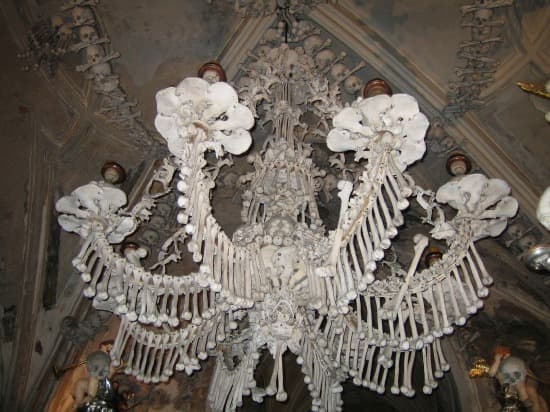 |
| "That's much better" |
Yeah. They basically turned it into the death-obsessed Victorians' wet dream. I don't get it either, but the necessity for burial space during outbreaks of Plagues and other Epidemics seems to be the perfect fodder for horror fests such as these. I remember being coerced into visiting countless catacombs when I lived in Peru.
 |
| "I DON'T CARE IF IT'S EMOTIONALLY SCARRING. I ALREADY BOUGHT YOUR TICKET" (more or less) |
Of course, nowadays our history books seems to glaze over a lot of the bits about death and dying and how a good chunk of our historical record of Past Civilizations comes from their tombs. Though I like it a lot more than the outlook we had just over a hundred years ago.
 |
| Because we want to remember our daughter as she was, a lifeless, cold, dead-eyed corpse. |
I'm not trying to prove a specific point here, mind you. I'm not trying to say that all museums should be torn down or that studying ancient cultures is wrong. I'm mostly musing. In fact, I'd really like to hear your opinions on the subject. What do you think?

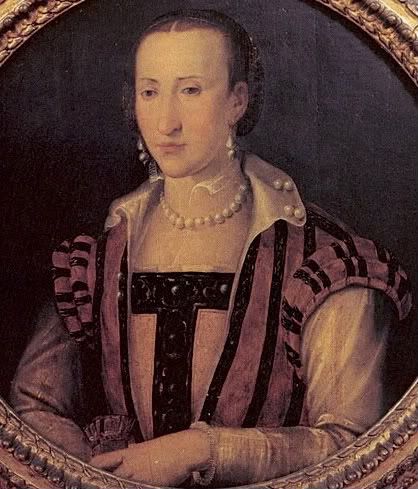

Just found your blog and I.Love.It. Returned 2 days ago from a visit 'back home' and posted some of the photos I took of my ancestor's cemetery. Graveyards are so cool. Thanks for the informative and interesting post.
ReplyDelete